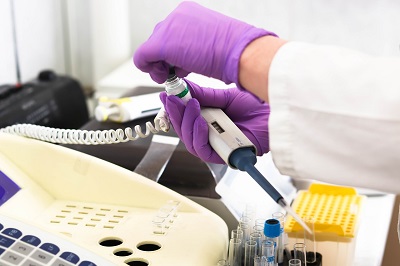To apply for A-class medical device registration with Singapore's Health Sciences Authority (HSA), follow these general steps:
1. Determine the Device Classification
- A-class medical devices are low-risk devices. They typically require less rigorous regulatory oversight.
- Ensure that your device qualifies as an A-class by checking the Device Classification Rules set by HSA. These rules categorize devices based on their intended use and risk level.
2. Establish a Local Authorized Representative
- If your company is located outside of Singapore, you must appoint a local Authorized Representative (AR) in Singapore. The AR will act as the liaison between HSA and your company.
3. Prepare the Required Documents
You will need to provide the following documentation:
- Device Description: A detailed description of the medical device, including its intended use and indications.
- Labeling Information: Product labels, instructions for use (IFU), and other labeling materials.
- Conformity Assessment: Provide evidence of conformity with relevant standards, such as ISO 13485 (Quality Management System) or other applicable standards for the device.
- Manufacturer Information: Details of the device manufacturer, including quality management certifications and other relevant documents.
- Risk Analysis: A risk assessment of the device, highlighting how potential risks are managed and mitigated.
- Clinical Evaluation (if applicable): If necessary, provide clinical evidence to support the device’s safety and effectiveness.
4. Submit the Application to HSA
- Log in to the HSA’s Regulatory Information System (RIMS) online portal. This is the platform used for submitting medical device applications.
- Complete the online application form, providing all the required information and uploading supporting documents.
- Pay the applicable registration fees (fees can vary based on the type of device and its classification).
5. HSA Evaluation
- After submission, HSA will review the application to ensure that the device complies with relevant regulatory requirements.
- For A-class devices, the evaluation process is typically faster and less complex compared to higher-risk devices.
- HSA may request additional information or clarification during the review.
6. Issuance of Certificate
- If the device meets all requirements, HSA will issue a Certificate of Registration for the device. This certifies that the device is authorized for sale in Singapore.
- Once registered, the device can be marketed in Singapore for the indicated uses.
7. Post-Market Surveillance
- After registration, the device is subject to post-market surveillance. You are required to report any adverse events or device defects, as well as ensure compliance with any regulatory updates.
Key Notes:
- A-class devices typically do not require a premarket clinical trial (unless specifically required).
- The registration process is relatively straightforward for low-risk devices, but ensure all documentation is comprehensive and accurate.
For detailed instructions and the latest updates, refer to the HSA website and consult the HSA Medical Device Guidelines.

Contact Us:
Whatsapp or Wechat:+86 15816864648;email address:hito.lin@grzan.cn